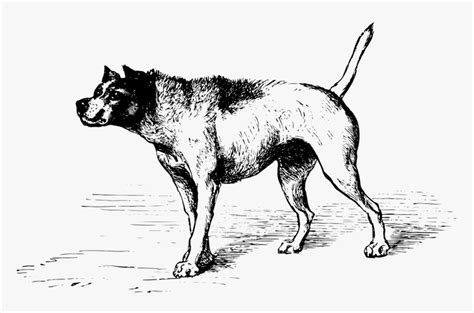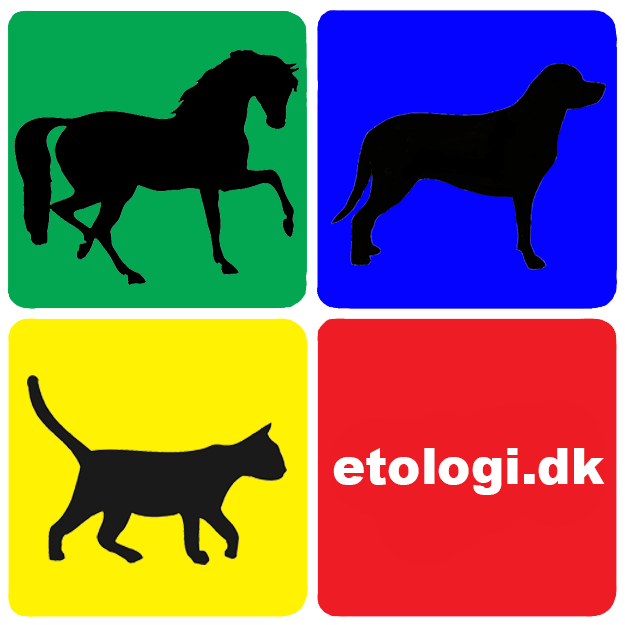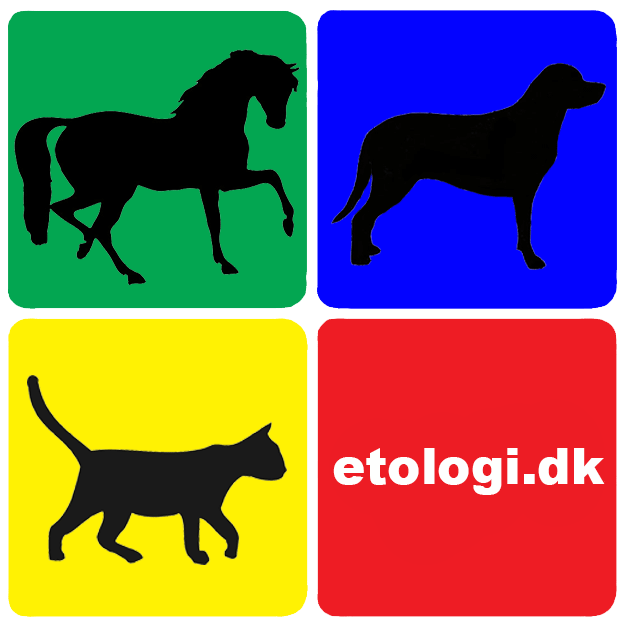
Date: March 6, 2024
Author: Roberto Barata
How to cite: Barata, R. (2024). Piloerection in Dogs: More Than Social. Human-Animal Science.
Piloerection, commonly known as “goosebumps” in humans, is an intricate physiological response seen in dogs and other canids, acting as a detailed indicator of various underlying factors, from psychological unrest and pharmacological actions to social communication dynamics. This seemingly simple response is evidenced by hair standing. It is a key sign of a dog’s inner condition, signifying numerous physiological and neurological processes essential for identifying the root cause and providing appropriate care to affected dogs.
Learning the concept of piloerection in dogs is profoundly significant in applied animal behavior analysis. Often considered a straightforward physiological reaction, piloerection actually encompasses a vast spectrum of the animal’s emotional, physiological, and neurological states. In the intricate sphere of animal behavior, the precision in interpreting and understanding such physical signs is invaluable. It broadens our understanding of animal behavior and refines our animal welfare, training, and rehabilitation practices.
Indeed, the insights gained from recognizing piloerection have numerous practical implications. They assist behaviorists and veterinarians in identifying and addressing behavioral problems associated with anxiety, fear, or aggression. For trainers, understanding piloerection offers important insights into the animal’s emotional state and readiness for learning, ensuring that the training methods are tailored to the animal’s psychological well-being. Moreover, in medical scenarios, recognizing early signs of piloerection linked to conditions such as PPA toxicosis can prompt timely and effective medical interventions, thereby improving the animal’s health and quality of life.
The occurrence of piloerection in dogs is not just a surface-level reaction but is deeply intertwined with neurological changes under diverse conditions. For example, the link between piloerection and central nervous system activity is significantly highlighted in pharmacological research. Intracerebral drug injections, like atropine in animals, including dogs, cause piloerection, among other general effects, underlining the physiological complexity of this reaction (Haley & McCormick, 1957). In this context, piloerection is seen as a direct reaction to the modulation of central nervous system activity by specific pharmacological agents.
Furthermore, piloerection has been noted as a symptom during opiate withdrawal in rats, hinting at a neurological connection. This indicates that piloerection goes beyond a mere superficial reaction and is closely linked with the neurobiological changes during withdrawal, particularly involving the locus coeruleus (Maldonado & Koob, 1993). While this research was conducted on rats, the insights may be highly instructive regarding the broader impact of piloerection across species, including dogs, considering the role of the locus coeruleus in stress and panic reactions.
In canine social behavior, piloerection plays a significant role in agonistic encounters, forming part of a complex set of body language that directs social interactions and conflict resolution. Studies on the anatomy of aggression and its ritualization in canids, including dogs, have shown piloerection and back arching as common behaviors during such interactions, denoting its role in social and aggressive behaviors (Fox, 1969). This suggests piloerection is not merely a physiological response but a key component of non-verbal communication among canids, serving multiple roles in their social interactions.
Piloerection during agonistic behavior primarily serves as a visual signal, enhancing the animal’s size and imposing presence. This visual signal effectively communicates the animal’s readiness to face a threat or show dominant behavior without physical confrontation. Depending on the context, it may have several roles, such as intimidation, signaling aggression, expressing fear or hesitation, and aiding social signaling within the group.
Additionally, piloerection is observable in clinical conditions like Phenylpropanolamine (PPA) toxicosis (Peterson et al., 2011). PPA toxicosis, resulting from excessive PPA exposure, a drug used for managing urinary incontinence in dogs, manifests symptoms like agitation, lethargy, vomiting, mydriasis, piloerection, and dermal erythema. These symptoms, particularly piloerection, reflect the dog’s reaction to the drug’s impact on their sympathetic nervous system, indicating distress or discomfort. The intensity of the body’s response to this toxicosis is marked by the appearance of piloerection as a symptom (Ginn, Bentley, & Stepien, 2013).
Beyond medical conditions and social behaviors, piloerection is also observed as part of a broader spectrum of behavioral responses to psychological stress. Dogs experiencing phobias may display behaviors like tremors, pacing, hypervigilance, and mydriasis, with piloerection being part of this stress or fear response. This signifies piloerection’s role as a physical manifestation of the dog’s psychological state, emphasizing its importance as a physiological indicator of various internal conditions.
Considering these multifaceted implications of piloerection in dogs, it’s evident that this phenomenon is much more than a mere physical reaction. It’s a critical indicator of the animal’s physiological, psychological, and neurological state, serving as a primary physiological marker, whether in response to pharmacological agents, as a manifestation of psychological distress, a symptom of medical conditions like PPA toxicosis, or as part of social communication among canids.
Accurate recognition and interpretation of this response are required for veterinarians and animal behaviorists, enhancing a deeper understanding of the animal’s health and behavior, leading to more precise diagnoses and more effective treatment and care strategies. Moreover, a thorough understanding of piloerection and its extensive implications can significantly benefit veterinary medicine and animal behavior studies.
In conclusion, piloerection in dogs is a complex and multifaceted reaction intricately connected to the animal’s emotional, physiological, and social state. It highlights the complex interplay between physiological responses and behavioral expressions, necessitating a multidimensional approach for its interpretation. As we continue to study and understand these behaviors, our capability to interact, care for, and coexist with these thoughtful and socially adept animals will only enhance our appreciation for the complex nature of animal behavior and physiology and use it in the correct context.
References
Fox, M. (1969). The Anatomy of Aggression and Its Ritualization in Canidae: A Developmental and Comparative Study. Behaviour, 35, 242–258. https://www.jstor.org/stable/4533307
Ginn, J. A., Bentley, E., & Stepien, R. L. (2013). Systemic hypertension and hypertensive retinopathy following PPA overdose in a dog. Journal of the American Animal Hospital Association, 49(1), 46–53. https://doi.org/10.5326/JAAHA-MS-5692
Haley, T., & McCormick, W. (1957). Pharmacological effects produced by intracerebral injection of drugs in the conscious mouse. British journal of pharmacology and chemotherapy, 12(1), 12–15. https://doi.org/10.1111/j.1476-5381.1957.tb01354.x
Haykal, M. A., & Abou-Khalil, B. (2012). Pilomotor seizures: a video case report. Epileptic disorders: international epilepsy journal with videotape, 14(1), 76–79. https://doi.org/10.1684/epd.2012.0496
Maldonado, R., & Koob, G. F. (1993). Destruction of the locus coeruleus decreases physical signs of opiate withdrawal. Brain Research, 605(1), 128–138. https://doi.org/10.1016/0006-8993(93)91364-x
Peterson, K. L., Lee, J. A., & Hovda, L. R. (2011). Phenylpropanolamine toxicosis in dogs: 170 cases (2004–2009). Javma-journal of the American Veterinary Medical Association, 239(11), 1463–1469. https://doi.org/10.2460/javma.239.11.1463

